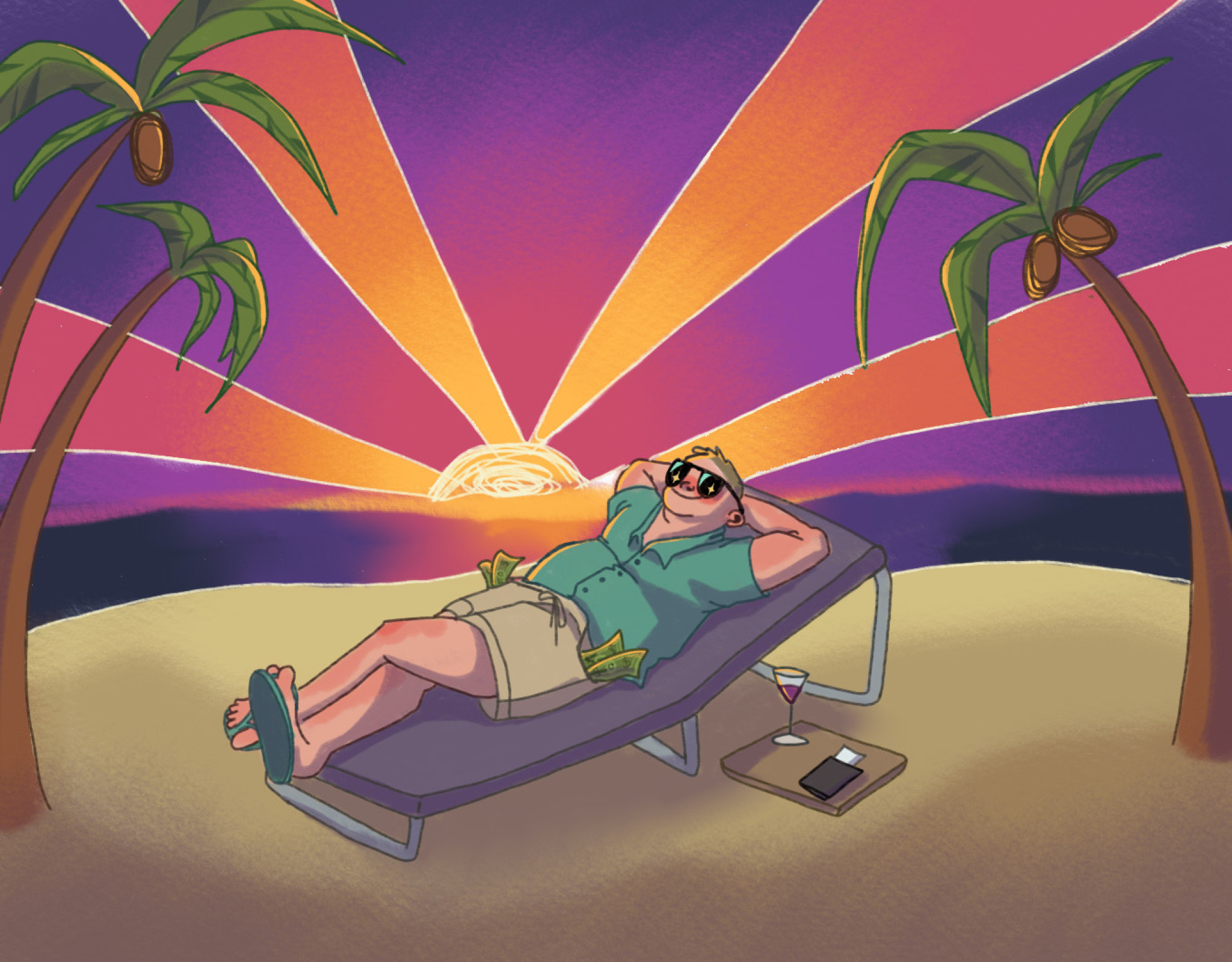YES
Hawaii’s tropical climate, spectacular views, and magical atmosphere make it one of the most popular tourism destinations in the world. Millions of people travel to Hawaii each year. While some say that tourism to Hawaii damages the environment and local culture, without tourism, Hawaii wouldn’t be able to prosper. By switching to a model of eco-friendly tourism, the environment and economy in Hawaii and other island vacation spots will continue to thrive.
Tourism plays a significant role in Hawaii’s economy and supporting its standard of living. In 2023, over 9.4 million people visited Hawaii, spending more than $20.78 billion and generating $2.41 billion in tax revenue. These funds support essential services like education, healthcare, and infrastructure. The tourism industry creates countless jobs for Hawaiian residents. In 2019, tourism supported 216,000 jobs statewide. If tourism decreases, locals will struggle to find other career pathways. Additionally, after wildfires destroyed parts of Maui in 2023, tourism revenue supported the island's rebuilding.
Tourism also promotes and preserves Hawaiian culture. Tourists’ interest in traditions like hula, lei-making, and storytelling helps these practices reach a broader audience. Cultural centers and museums are common recipients of tourist revenue, allowing them to educate visitors about the island’s heritage. Moreover, tourism provides a platform for Native Hawaiians and Pacific Islanders to share their history and perspectives. Through experiences like this, the world may become more tolerant.
Though tourism benefits the Hawaiian economy, it can be harmful for the environment. The constant flow of visitors each year takes a toll on the landscape, from reefs damaged by sunscreen chemicals to hiking trails damaged by heavy foot traffic. For tourism to continue having positive impacts on the state, Hawaii and the surrounding islands should adopt practices known as “ecotourism.” The International Ecotourism Society defines ecotourism as “responsible travel to natural areas that conserves the environment, sustains the well-being of the local people, and involves interpretation and education.” An example of a country that embraces ecotourism is Costa Rica, which has invested extensively in “Eco-lodges,” accommodations that meet strict sustainability criteria while providing jobs for local people. Secondly, ecotourism aids in environmental protection by recognizing and promoting practices and businesses that are environmentally friendly. Through emphasis on the ecosystem, visitors will be more aware of how to interact with local nature in the healthiest ways. In these ways, ecotourism directly challenges the concerns that people have about the current state of tourism in Hawaii. That said, ecotourism will only work if locals and tourists commit to respecting the regulations put in place. Widespread cooperation is needed.
All in all, tourism is vital for Hawaii and other Pacific islands. Not only does it drive the economy, but it also provides an opportunity for societal growth. Tourists will return home with a greater respect for the beauty of different cultures and nature. By supporting local businesses and being aware of the impact their visit has on the natural environment, they will also contribute to the further prosperity of the Hawaiian islands.
NO
Most people have seen advertisements displayed by companies like airlines and tourist agencies showing happy girls dancing hula, endless expanses of ocean, and extremely relaxed Americans covered in plumeria flowers. These ads are meant to encourage people to visit Hawaii. On the Hawaiian islands, tourism is an absurdly lucrative industry. Year-round, waves of tourists flock to the islands to have a quintessential Hawaiian experience complete with leis (garlands, usually made of flowers) and luaus (a traditional Hawaiian party/feast). While visiting Hawaii feels idyllic for foreigners, many of the issues for residents of the island stem from the social, financial, and environmental impacts of the tourism industry. On a larger scale, tourism on the Hawaiian islands infringes on the island’s housing opportunities for locals and diminishes natural resources.
While most tourists are in and out of Hawaii within a few weeks, the islands’ permanent residents are left without easy access to affordable housing due to the amount of space that resorts and condo complexes take up. Combined with the lack of opportunities for development, Hawaii has experienced a housing shortage for years. A lack of supply and a high demand on the islands for housing generates desperation, and potential buyers are willing to pay much more money for a house. This hikes the housing prices much higher than most of the islands’ permanent residents can afford. According to the University of Hawaii, the median home price in Hawaii is $852,000, 2.7 times the national average. For many Hawaiian residents, there are not enough high paying jobs available in order to have the financial ability to pay off a house, which creates a huge amount of competition for rentals and forms of affordable housing.
Additionally, the island’s natural resources have become strained and depleted as a result of tourism. After World War II, American media portrayed the islands as the perfect tropical getaway. Before 1945, the annual number of visitors was around 10,000, but by 1967, the islands had hit the one million yearly visitor mark, and by 1988, they had six million yearly visitors. Since the islands have become such an attraction, a lot of the state’s money has been spent on building places for visitors to stay during their trips. This constant urban expansion has taken a huge toll on the environment for the islands. Today, Hawaii is often referred to as the “endangered species capital of the world.” There are currently 366 endangered native plant species in Hawaii, according to Hawaii’s Department of Land and Natural Resources. Many animal and plant species have already been rendered extinct. The footprints left by tourists and visitors of the Hawaiian islands negatively affect the islands’ complex, biologically diverse ecosystem, and the problem will only worsen without interference.
While visiting Hawaii is a unique experience, the islands can’t sustainably manage so many tourists without irreparable damage being caused to their ecosystem and economy. Local and national governments must take steps to prevent harm, be it through tourism quotas or strict enforcement of regulations, before it's too late.





